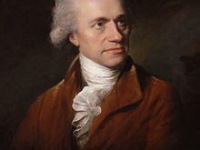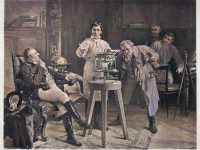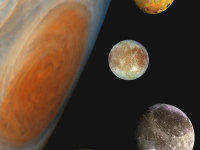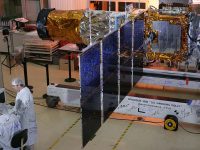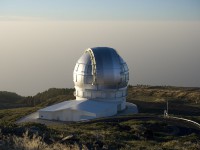Sir William Herschel and the Discovery of Uranus
On March 13, 1781, Sir William Herschel for the first time observed planet Uranus while in the garden of his house at 19 New King Street in the town of Bath, Somerset, England (now the Herschel Museum of Astronomy), but initially reported it (on April 26, 1781) as a “comet“. “A knowledge of the construction of the heavens has always been the ultimate object of my observations…” – William Herschel, Astronomical Observations relating…
Read more

